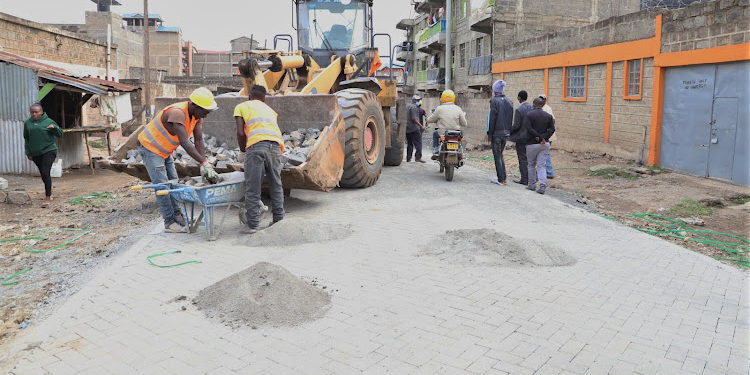The methodology for road construction typically follows a standard procedure, with variations depending on the specific finish required for the final two layers. Many residential projects prefer to finish their roads and parking spaces using concrete paving blocks, commonly known as cabro.
The first step involves marking out the chainages along the road and simultaneously marking the road levels at the specific chainage points. This process ensures proper alignment and gradient control throughout the construction.
Once the layout is confirmed, excavation is carried out to remove any unwanted material or soil in the subgrade layer. The next step is to backfill the area with the recommended soil type. At this stage, the desired slope and levels are established, requiring a surveyor to be present to guide plant operators accurately. Compaction is then performed using a 20-tonne smooth roller, which makes 8-10 passes to achieve the specified maximum dry density (MDD).
Following compaction, Proctor tests are conducted to verify that the soil meets the required standards. Upon receiving satisfactory test results, the next phase of the project can proceed: hard-core layering. This step involves placing layers of hard-core stones, typically hand-packed, in two 150mm layers. After the first layer is compacted, the second layer is added and compacted similarly. Quarry dust is then spread to fill the spaces between the stones, and a half-tonne roller is used to ensure the dust settles completely.
A blinding layer of 50mm quarry dust is then applied over the compacted hard-core, providing a smooth base for the final paving. Finally, 60mm cabro blocks are laid on top, and quarry dust is added to fill any small voids between the blocks. The road surface is compacted using a steel plate compactor to ensure a level and stable finish. This meticulous process ensures a durable and aesthetically pleasing road surface that meets the specified standards and requirements.
















